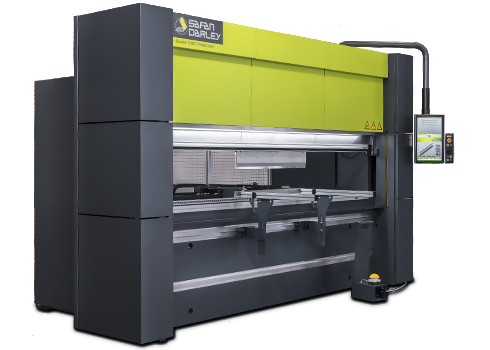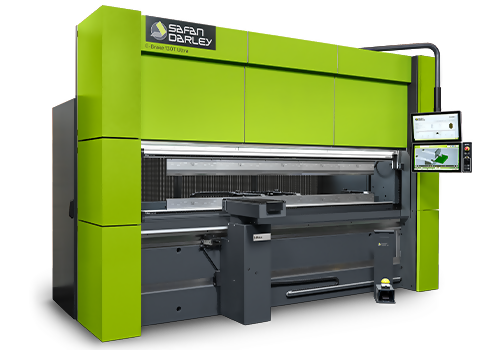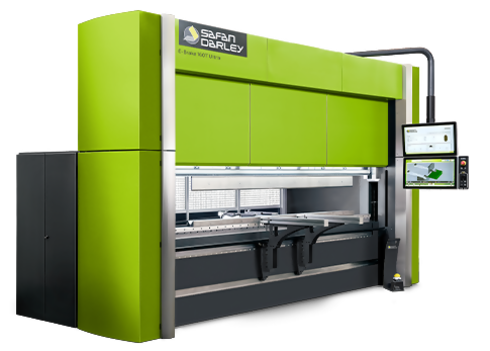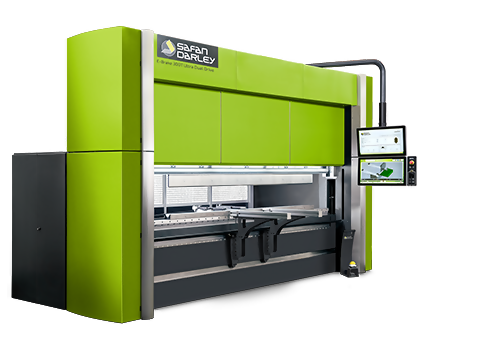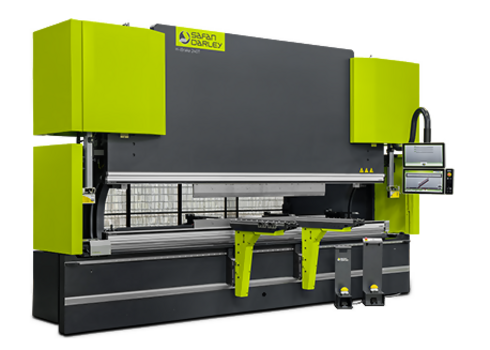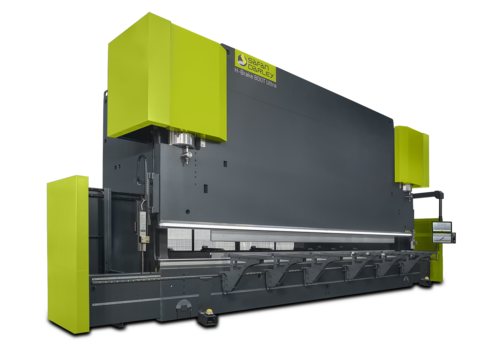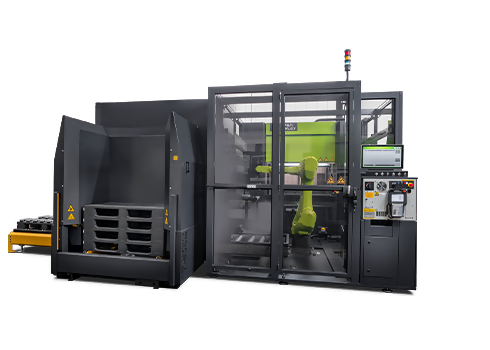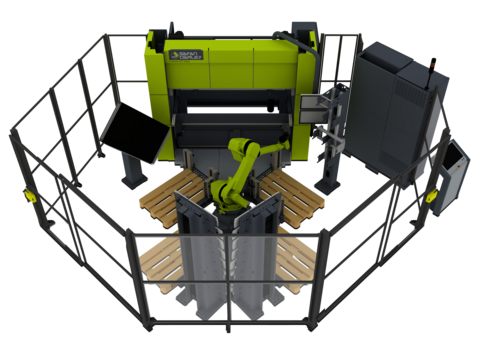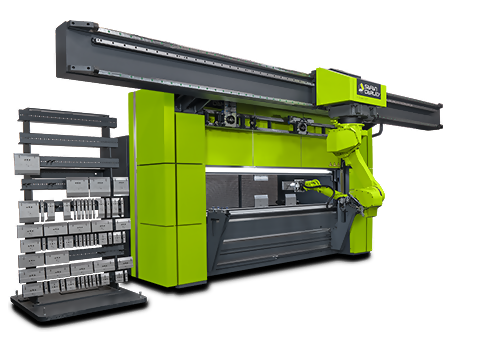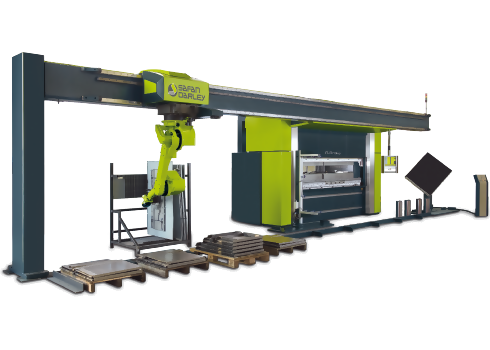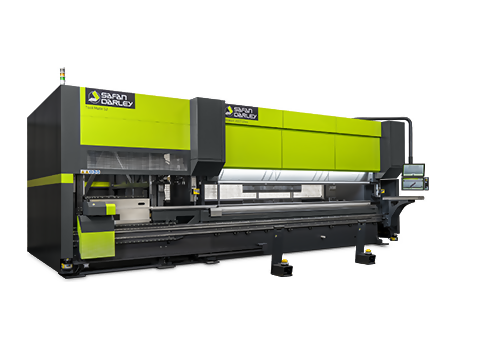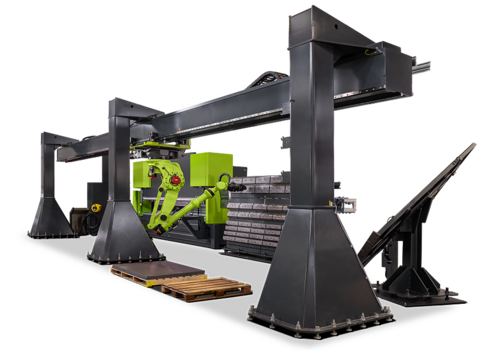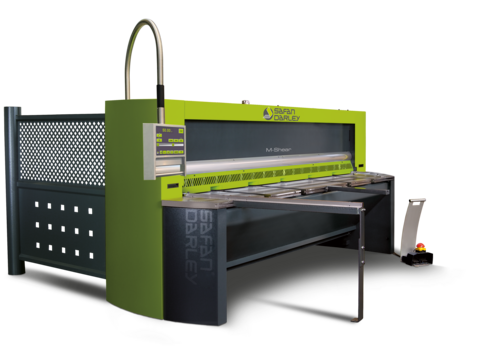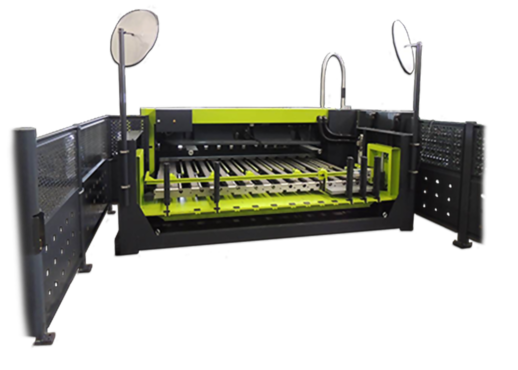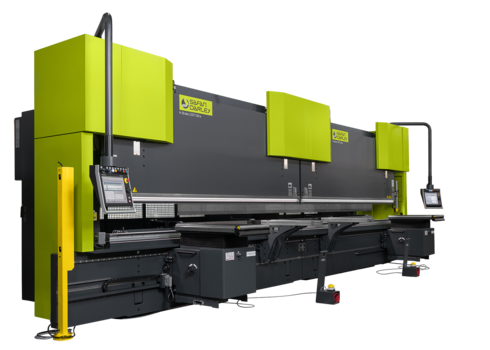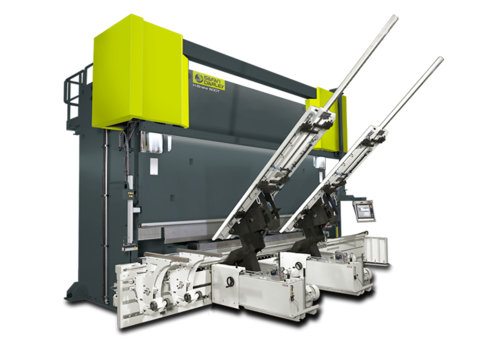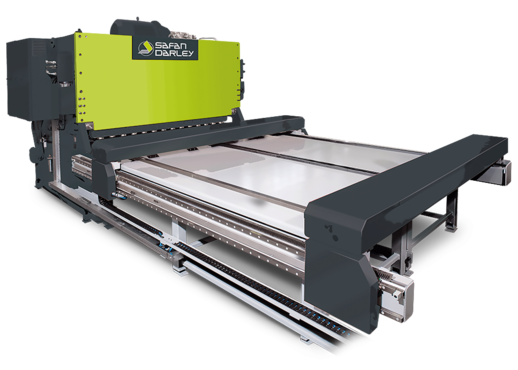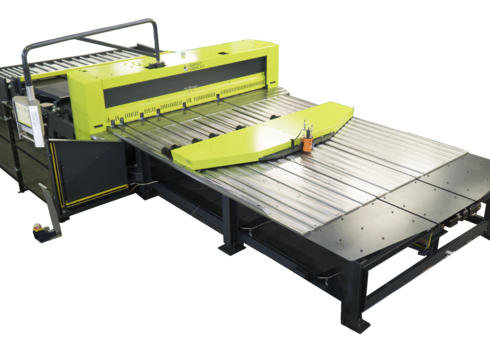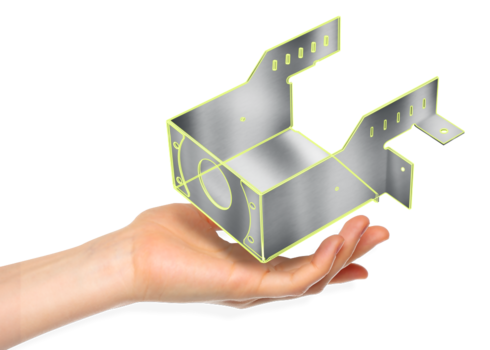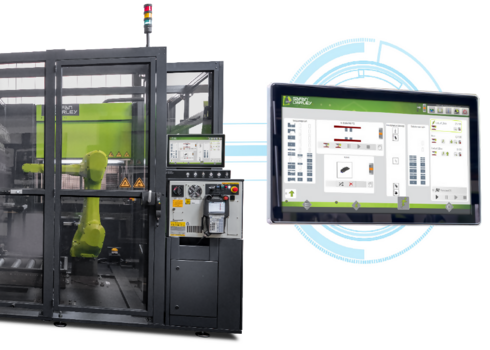
The 3 Core Automation Components That Are Critical for Success
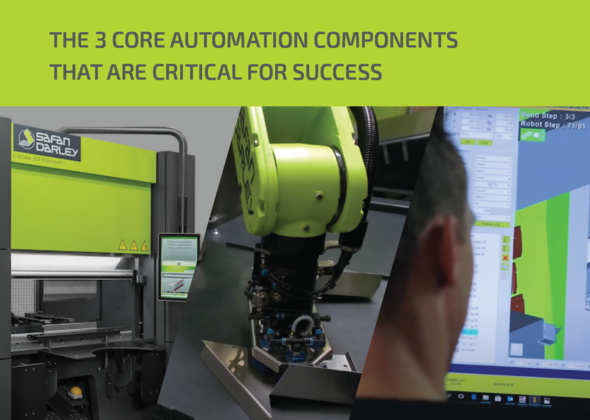
The 3 Core Automation Components That Are Critical for Success
Automation sounds complicated and expensive, right? Many of our customers have this impression, and it's based on experience. For decades — really, up until the last five years or so — automation was complicated and expensive. In the past, it required massive capital investment in custom equipment and specialized labor from engineers and programmers, both for implementation and long-term operation and maintenance.
I'm happy to report that this is no longer the case for sheet metal fabrication. New technologies have significantly lowered the cost to automate, to the point where leading-edge technologies are affordable for small and medium-size companies.
Today's automated cells are far more user-friendly than their predecessors, as well. In fact, automated cells consist of only three core components: the press brake, robotics, and software. Here's a quick description of each component and how it should factor into your equipment selection process.
Press Brake
The reliability of the press brake is paramount to the success of the cell. If you don't have a reliable machine, production and quality will suffer due to downtime — regardless of how much you invest in other automation.
For equipment as critical as the press brake, I encourage customers to evaluate their existing and potential equipment investments from a return on investment (ROI) and cost of ownership perspective. How much does it cost to run and maintain the equipment you already have, and how much more could you produce with a new press brake?
The integration potential of the press brake is also a major concern. It's important that the system (press brake, robot, and software) can be integrated in a simple and easily accessible way. There are a couple of considerations to keep in mind related to usability.
First, consider how user-friendly the press brake is on its own. SafanDarley's press brakes, for example, are known for ease of use and a graphics-based user interface that is completely geared toward operators rather than software engineers and programmers. Don't invest in a new press brake that you will have to hire new people to operate, or in a complicated press brake your staff will hate to deal with.
Also consider the amount of customization and flexibility the equipment manufacturer allows. Avoid systems that lock customers into using only proprietary components from the equipment manufacturer. Customers should have enough latitude to configure the automated cell with the components that best meet their needs. SafanDarley takes an open-source approach and supports their customers' right to add, subtract, and modify their cell, and provides them with customer service support to do so.
Robotics
Choosing an easy-to-use and reliable robot is equally important. The robot and press brake can make or break an automated cell, so it's essential that you purchase two quality pieces of equipment.
One challenge in selecting robotics and press brakes is that some manufacturers tend to produce one that is higher quality than the other. (For example, the robot wears out after just a few years while the press brake is still going strong.) This results in a bad outcome for ROI-conscious vendors, as replacing the worn-out part will cut into the bottom line and also drive up downtime. So when you consider robots, ask around and get evidence-based recommendations from someone with first-hand experience with the brand or brands you're considering.
I believe FANUC robots are the gold standard. An operator with intermediate computer skills can typically earn the "teach" pendant within two weeks and can be using the robot in a proficient manner in about the same timeframe. When it comes to reliability, FANUC is unparalleled in the industry.
Software
Good automation software is the glue that holds the automated cell together. The best software strikes a balance between automation and freedom of configuration.
The software must be simple to use, but not so simple that it forgoes essential features and capabilities. Regarding specific features, the software should include automation, but not be so automated that it bogs down the system and becomes tedious or inefficient. It must also be integrated, but not so integrated that it loses flexibility and severability by the end user.
SafanDarley's RoboBend software was designed with these parameters in mind. It's packed with features, but it's not cluttered. It's smart, but it still lets the user define key portions of the programs. It's integrated, but it allows the user to modify aspects like macros and cell elements, as well as change the cell configuration on the fly.
Basically, the user defines the software and process — not the other way around. With the right automation software, automating production can be incredibly simple.
Automation Is Worth Figuring Out
Automating sheet metal fabrication has never been more affordable or impactful for improving production — and this is particularly true for small and mid-sized companies. Choosing the right cell with the right three core components will take your operation to the next level for less time and investment than most people would expect.
Feel free to contact us if you're thinking about adding an automated cell to your operation. I would be happy to learn about your company and production needs.
Receive blog updates in your mailbox
Bedankt
Bedankt voor uw aanmelding

Read more
blogs
Your company's return on investment (ROI) for sheet metal production technology is a function of improved safety, increased productivity, and reduced operating costs associated with the new equipment you've purchased. After implementation, your operation should be safer and more productive in terms of efficiency, quality, and consistency. If your operation is safer and more cost-efficient than it was before, your company will be more profitable.
User-friendly graphical robot programming has taken automation mainstream and made it accessible to small and growing companies. You don’t need massive capital, a team of engineers, or any experience with programming. With a relatively small amount of investment and training, your company can produce a higher quality, more consistent product, be more resilient, and be less vulnerable to labor shortages.
